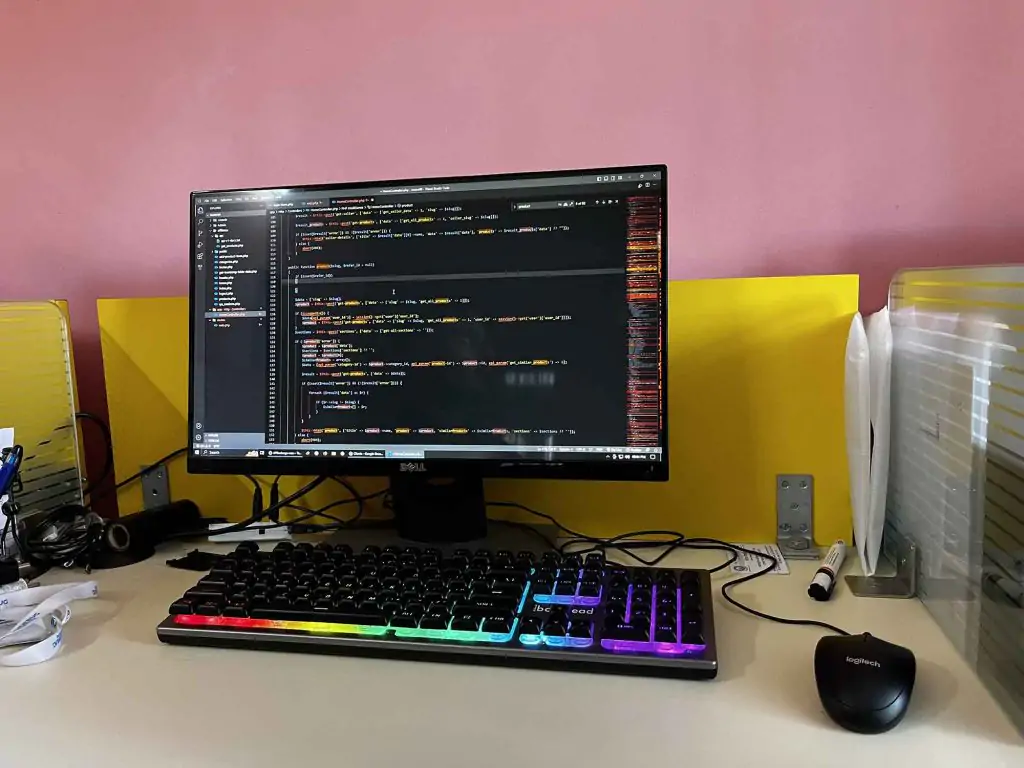
Web Development Company in Guwahati - Ujudebug
Do you want to explore the tools, techniques & processes in component testing? If yes, then here you can find everything about the component testing. In general, component testing is effectively used to test the usability of the software application’s components. The behavior of those components can be evaluated via a usability test.
Effective factors for the component testing:
Take a look at the below to explore the effective factors for the component testing:
Web Development Company in Guwahati – Ujudebug
Tools of component testing:
Check out below to explore the tools of component testing:
Techniques of component testing:
Have a look at the below to explore the different techniques of component testing:
Component Testing In Small is the most effective option to test the software components either separately or not. It effectively refers to the testing that perfectly evaluates by separating the other members. Here, you can consider a website with different pages. Here, the CTIS will test or analyze each page separately by isolating or dividing other components.
Component Testing In Large is the most effective option to test the software components only together instead of separately. Here also you can consider a website with different pages. Here, the CTIL will test or analyze all the web pages together without isolating or dividing other components.
Process of component testing:
Below, you can check out the different stages of the component testing process:
It is the initial stage and involves user requirements identification based on each software component.
After analyzing requirements, then proceed with the test strategy. Here the test can be used to find whether clients or users provide the requirements.
In this stage, after the test strategy, identify all the necessary test cases to get executed and skipped
It is possible to implement the test cases only after finding the user requirements/specifications.
After completing the entire component mentioned above testing process, the test recording will take place. Here you can find all the flaws while executing the component testing.
After recording the bugs, the test verification will take place. It is the most effective component testing process to find whether or not all the process meets the specifications.
After completing the entire above mentioned component testing process, the test execution process will begin as the final stage. Here, you can effectively evaluate all the outcomes in the particular process to produce a top-notch quality result.
Conclusion:
From the scenario mentioned above, now you have explored the tools, techniques & processes in component testing. Get ready to implement the testing on software components today.
Are you a business owner looking to expand your reach in Assam? You’re not alone.…
Assam stands at a crossroads where technology could either bridge gaps or deepen divides. By…
Northeast India has long been a region of untapped potential, rich cultures, and creative minds.…
Introduction: Why a Free Business Profile Matters for Shops in Guwahati If you want…
ডিজিটেল যুগত ব্যৱসায়িক সফলতাৰ মূল চাবিকাঠি হৈছে অনলাইন বিজ্ঞাপন। আজিকালি প্ৰতিযোগিতা অতিমাত্রাই বৃদ্ধি পোৱা বাবে,…
Launching a product online can feel overwhelming, especially for first-time business owners. But with the…